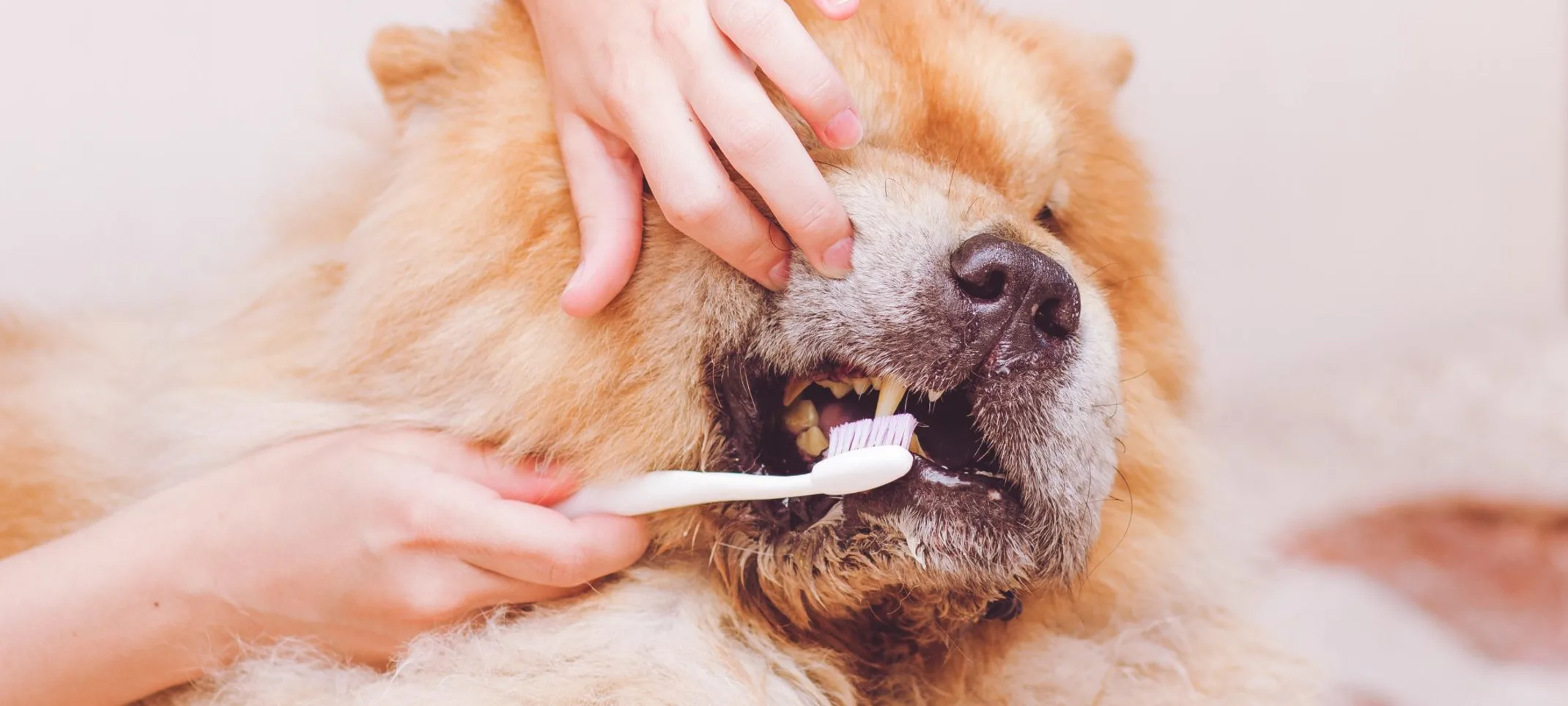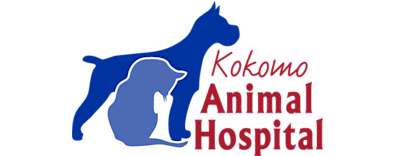Kokomo Animal Hospital
Dentistry
Annual dental exams and cleanings are recommended to protect your pet from many health problems and help them maintain a healthy and clean mouth.

Dental Procedures
Here at Kokomo Animal Hospital we perform a variety of dental procedures including prophylactic cleaning, extractions, and minor oral surgeries. Dental health is a large component of an animal’s overall wellbeing as it is closely related to the health of various internal organs. A brief dental exam is done in the office at no charge before scheduling, and a complete oral examination including radiographs and charting is done under anesthesia during the cleaning procedure.
Dental Cleaning
The dental prophylactic cleaning procedure consists of the following: Oral exam, radiographs, charting, scaling, polishing, and rinsing. Before and after photos are taken for you and are sent home, along with a goodie bag for at-home care. During the initial exam we look for any abnormal oral growths and obvious abscesses. As soon as your pet is under anesthesia, we take full mouth radiographs. After radiographs are taken, charting is completed by the technician and doctor. Charting consists of evaluating sulcus depth, notating any missing teeth, recording any findings from radiographs, and concludes with any notating any extractions. We will then scale tartar and plaque from the surfaces of the teeth as well us under the gumline, and go back over all tooth surfaces with a polish to eliminate grooves that provide surface area for bacteria to accumulate. Any extractions that need to be performed will be done at this time, and the cleaning will conclude with a rinse.
Radiographs
Radiographs are an important part of the overall oral exam. They allow us to evaluate the entirety of each tooth from crown to root, as well as the integrity of the jaw around each tooth. While some teeth appear normal during the external exam, we may find disease processes beginning under the gumline that can eventually affect the entirety of the mouth. Two common changes we see are abscesses and resorptive lesions. Abscesses are an infection commonly found at the root tip. This can be accompanied by bone loss as well as pain and discomfort in your pet’s mouth. Resorptive lesions are a process in which the body begins to break down the tooth and open the pulp cavity out to the surface. This may also create pain and discomfort in your pet’s mouth. Both of these processes are difficult to fully assess without the use of radiography as a majority of the changes happen below the gumline.
Minor Oral Surgeries and Extractions
Occasionally on oral exam we may find masses that need removed, gum tissue overgrowth (commonly called hyperplasia) as well as complicated extractions. Our doctors have gone through extensive training in dental procedures and have experience with surgical extractions. While some single-rooted teeth can be extracted easily, the multi-rooted premolars and molars present a different challenge. Multi-rooted teeth typically have hooked ends that make extraction difficult. During an extraction procedure, each root is sectioned off utilizing a high speed drill to facilitate removal. Each section is then elevated out, taking care to remove all pieces of the root. Occasionally, only one root is affected, leaving the other(s) much more difficult to remove. It is not possible to take only one section, as that would leave the pulp cavity exposed. Left alone, the remaining root(s) would eventually develop disease, leading to pain and discomfort for your pet. The doctor will also create a flap of gum tissue to ensure that we can close over the open area where the tooth is removed from. While this procedure may sound simple, it can be very complicated and take quite a bit of time.
